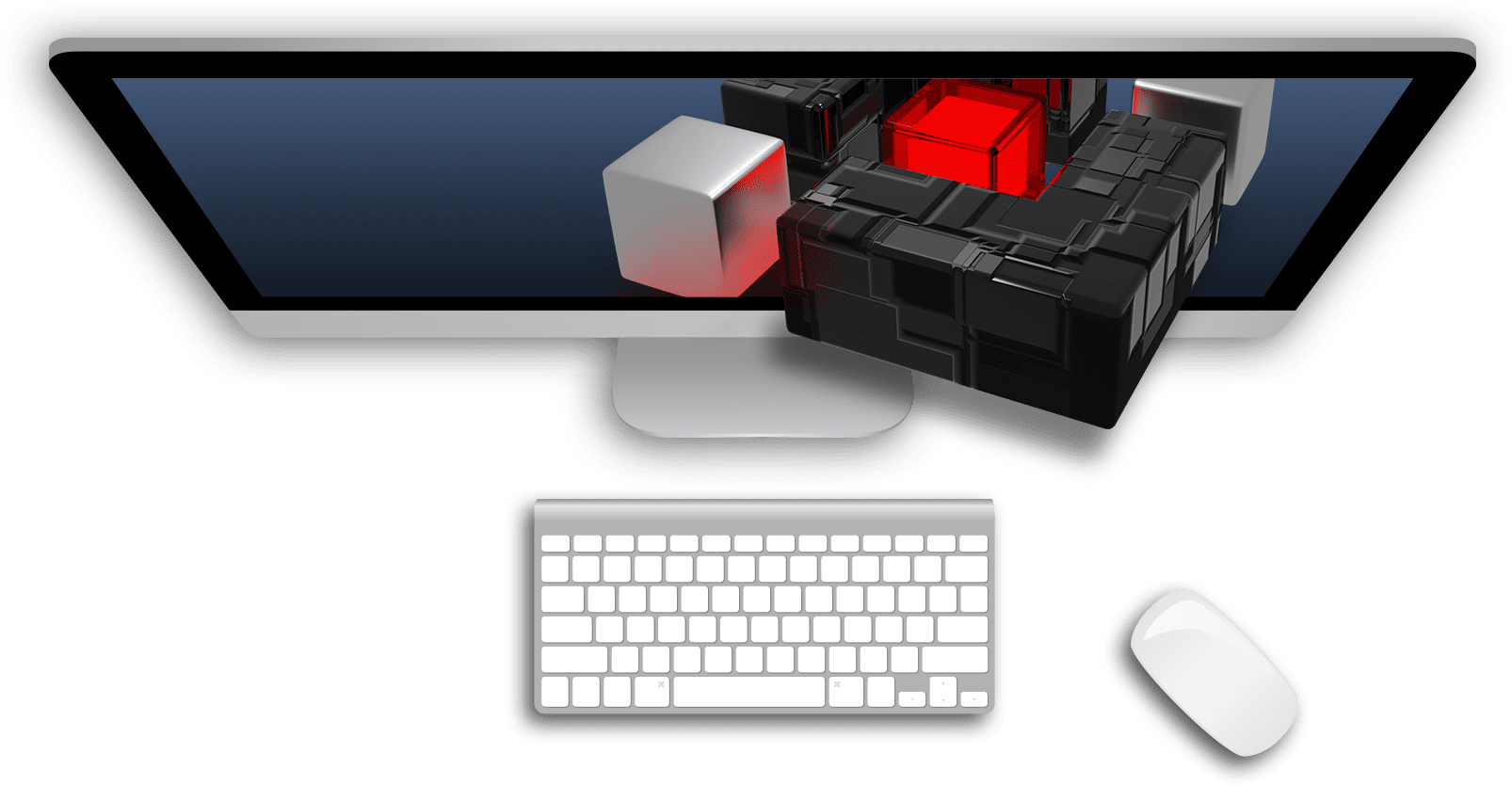The digital threat situation has intensified as a result of the rapid advance of digitization: Conventional e-mail, virus or malware filters for protecting internal company data are often no longer sufficient to withstand the complex attack mechanisms in the long term. Companies are therefore looking for measures to sustainably increase their own IT security. Sandboxing is one of them. The method allows applications and files to be checked for malware and malicious programs in a protected environment. Find out how this works and what companies need to watch out for here.
What is a sandbox?
In the IT context the term “sandbox” refers to a special technique for checking foreign files for malware. The sandbox is a secure environment, detached from the company system, in which potentially harmful files can be opened without them posing a threat. Because the sandbox is figuratively contained, like a sandbox, and is its own system, the path for viruses and other threats into the IT infrastructure and to the corporate server is blocked. Although the sandbox environment is separated from the system’s resources, it has all the relevant functions. Thus, applications and files opened in the sandbox function just as they would in the real operating environment.
Set up a sandbox: This is how it works
- Starting with Windows 10, the sandbox app is a fixed feature and can be set up in just a few steps.
- On macOS, the macOS app sandboxing is also included in the operating system.
- Sandboxes also work in cloud computing. Within a Salesforce environment, for example, the required metadata is copied from the production organization to a sandbox organization.
- As a rule, sandbox tools must first be activated before they can be used. How this works exactly depends on the respective operating system and can be found in the settings.
The sandboxing method is used in cyber security research to develop effective protection software. But a sandbox can also be useful in everyday operations. For example, if a company receives emails with unknown attachments or asks the addressees to click certain links, these can first be tested in the sandbox. This simulates how the links and files would be opened and behave within the real environment. The IT department can then observe and analyze in a controlled environment whether there are any damaging effects and whether there is a risk to data security. In order to be able to better assess which content gives a trustworthy or dubious impression as soon as messages are received, companies such as DGC offer special Security Awareness Trainings. There, employees are taught important basics for prudent behavior in order to be prepared against the growing dangers from the Internet. This also includes recognizing phishing e-mails and calling in the IT department at an early stage.
Sandboxing: Benefits for your IT security
In addition to protecting against foreign file attachments that hold potential for malware, sandboxing offers other important benefits for companies:
More control for the IT department
The introduction and use of sandboxes provides IT managers with another tool for increasing cyber security. By testing in a secure and transparent environment, threats can often be better identified and risks minimized. The test environment also helps to proactively simulate processes and situations and to check how the security of one’s own systems is doing: How does new malware proceed, which systems would be affected, and how high would the damage be for the company? Possible effects can thus be better assessed and appropriate measures for IT risk management derived.
High data protection
Through sandboxing, companies are able to increase their data protection. Conspicuous behavior and unknown files are analyzed and eliminated before they can take effect in the real environment. Legal guidelines for IT compliance are even more effectively implemented and better adhered to with measures such as sandboxing. Corporate and customer data is better protected from digital threats such as data leaks and vulnerabilities.
Effective protection against zero-day threats
In the case of zero-day threats, intrusion gates in IT systems are discovered and exploited by hackers at an early stage – even before software manufacturers and providers are able to close them. This temporal advantage enables cybercriminals to cause enormous damage via undiscovered security vulnerabilities. In contrast, files executed in the sandbox that pose a zero-day threat are unable to do any damage despite the program or application being unknown. Ideally, companies are advised on identifying and minimizing these threats by experienced security experts such as DGC. These also provide support in the event of an emergency with effective measures such as the Cyber Defense Operation Center (CDOC) to take the right defensive measures and take care of damage limitation.
How secure is sandboxing?
Sandboxing is an effective measure to protect against daily threats from the network. In addition, the test environment can be used to investigate new and further developed variants in order to secure the system landscape and the associated software and hardware. However, the method cannot be implemented indefinitely. For example, it is hardly possible for companies to test all data traffic using sandboxing, because the measure is associated with a high expenditure of time and personnel. Therefore, only selected files and applications can be tested. In addition, attacks and techniques are becoming increasingly complex and cybercriminals have already found the first ways to circumvent a sandbox. Malware, for example, can be programmed so that it only becomes active at a later point in time. In the sandbox, such files initially appear harmless, but as soon as they are transferred to the right corporate environment, they cause considerable damage there.
Further measures to protect your IT
Due to increasing and constantly changing IT risks, companies today can no longer rely on individual solutions. Ideally, measures such as pentesting, Security Awareness Training, and vulnerability monitoring are combined for tailored all-round protection, and methods such as sandboxing are incorporated as needed. With 360-degree security, companies are able to secure their data and information comprehensively and reliably and use the opportunities of advancing digitization to their best advantage.
DGC is a reliable partner for your company, providing all-round protection for your IT landscape. Let our experts advise you.




